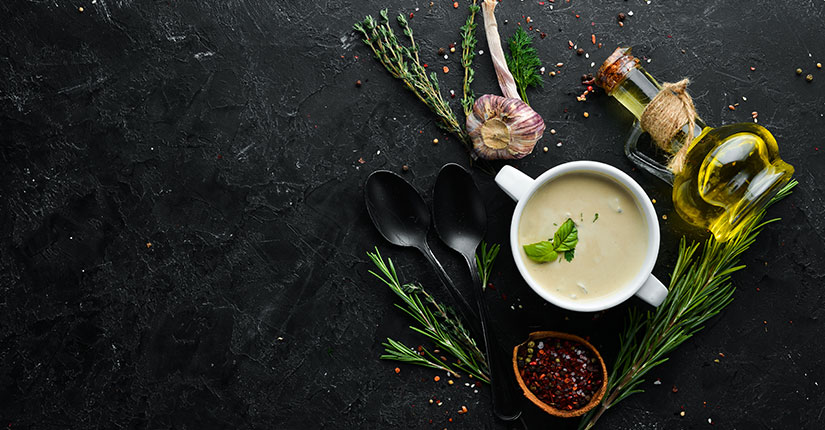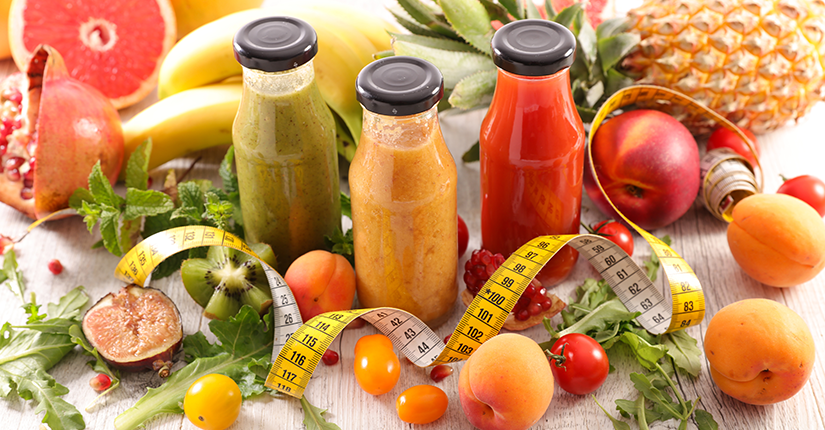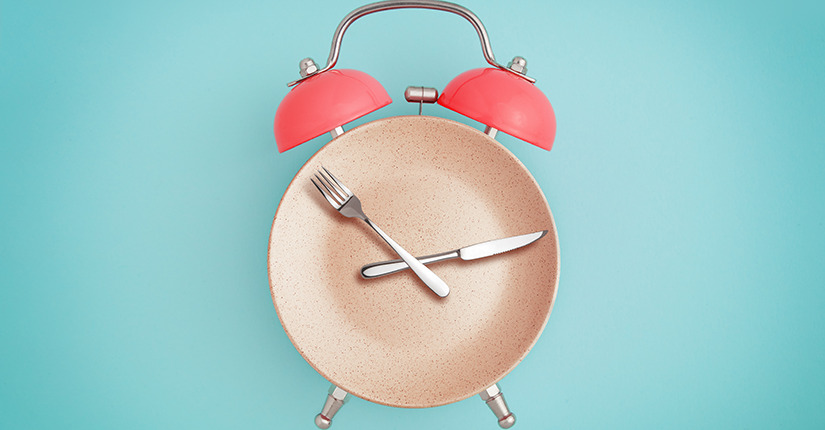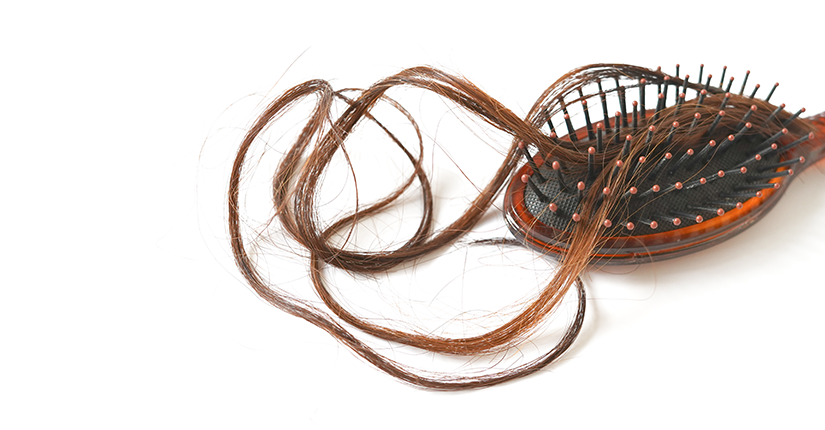Understanding the FIFO Food Storage Method
By Nmami Agarwal 29-May 2020 Reading Time: 6 Mins

FIFO is an acronym for “First In, First Out” and simply means you need to label your food with the dates you store them, and put the older foods in front or on top and make them a priority to be used first. This system allows you to find your food quicker and use them more efficiently. This also reduces wastage and ensures using food prior to expiration which focuses your choices on the FIFO principle by consuming the earliest purchased food items and whose shelf life is the shortest, first.
The majority of restaurants and food service operators operate according to the first-in, first-out principle of inventory valuation and this technique, often referred to as FIFO, includes the goods purchased first are the goods sold first. Hence, the result is the remaining inventory consists of the most recent purchases and is accounted for at the good’s current cost. To preserve freshness and avoid waste, FIFO is the most obvious inventory costing method choice for restaurants.
The first-in, first-out method is best for cases where inventory has a short demand cycle or is perishable, just like in the foodservice business like milk products. At restaurants, chefs will use the ingredients purchased earliest with the nearest expiration date in order to avoid spoilage. Foodservice businesses therefore tend to opt for FIFO as it matches the actual flow of food in the kitchen.
Following are the steps for adhering to FIFO system:
- Organizing your pantry
- Grouping of “similar” items together (such as canned goods)
- Check manufacturing and expiration dates.
- Place the first to get expired products in the front to be used first.
- Keep rotating and updating your food inventory as you use it.
Why should one follow FIFO method?
With costs rising continuously, restaurants find themselves in an inflationary environment. For those using the first-in, first-out method, however, the financial hit is minimized as FIFO helps restaurants to use the older, lower-priced goods first and to leave the more expensive goods as inventory. Altogether, As a result this adds up to a lower cost of goods sold and higher net income.
FIFO is a method which utilizes cost flow assumption purposes in the cost of goods sold calculation. The FIFO method states that the oldest products in a company’s inventory have been sold first. The costs paid for those oldest products are the ones used later in the calculation.
Benefits of the FIFO method
- The method is simplified to understand, universally accepted and trusted.
- FIFO follows the natural flow of inventory (oldest products are sold first, with accounting going by those costs first). This makes bookkeeping easier with less chance of mistakes.
- Reduced waste (a company truly following the FIFO method will always be moving out the oldest inventory first).
- Since the products have not been sold but have been built more recently, the remaining products in inventory will be a better reflection of market value.
- Greater profit.
- Financial statements are impossible to manipulate due to clear calculations.
- The FIFO method gives an accurate picture of a company’s finances, hence making it easier for a company plan for its future.
Disadvantages of FIFO
- The FIFO method can result in greater income tax for a business to pay, because the gap between costs and profit is high (than with LIFO).
- A company also needs to be careful with the FIFO method as it is not overstating profit. This takes place when product costs rise and those later numbers are used in the cost of goods calculation, instead of the actual costs.
Over to you
FIFO is a perfect system which helps you dispose of and clear your shelves while you go through the cupboards, refrigerator and freezer.





















